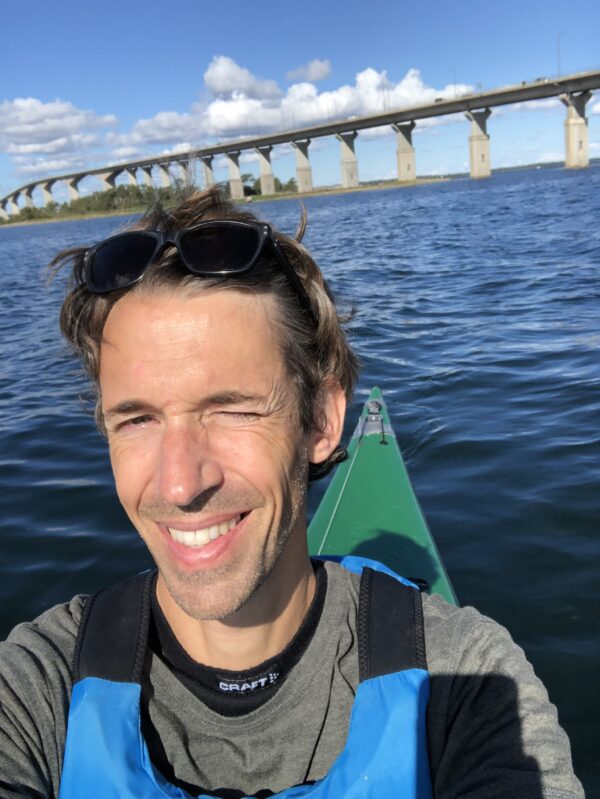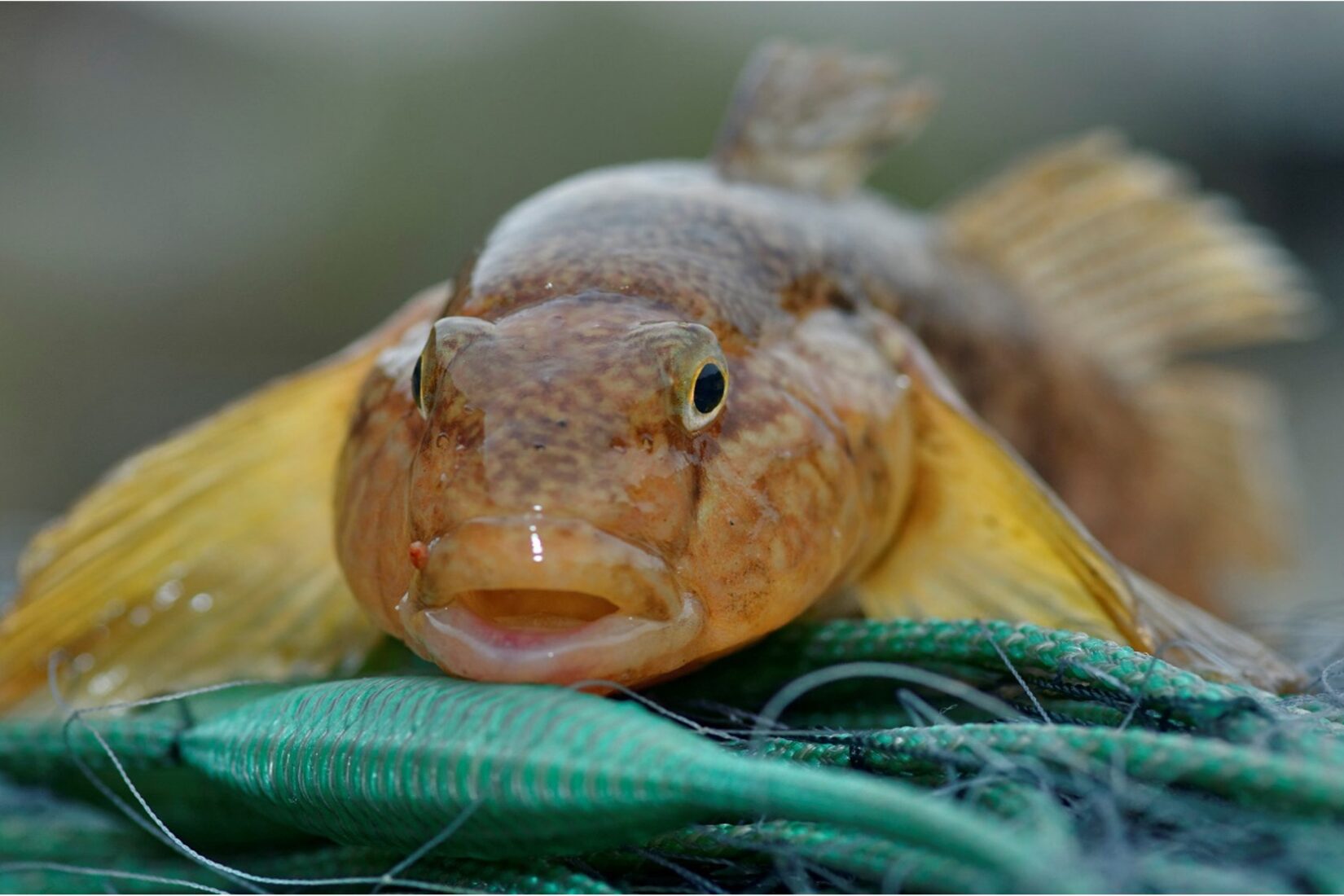The round goby was a new unpleasant acquaintance for the fishermen of the Kalmar Strait when it found its way to Swedish fishing waters from the Black Sea in the summer of 2018. It is an invasive species that poses a serious threat to the marine environment by destroying mussel beds and consuming the roe of other fish.
Anders Almqvist works for the Kalmar municipality and had been involved in international cooperation for a long time. Although the problem of the round goby was new, he found it natural to create an international project to learn more about the fish and to apply for funding from SI.

-It was a perfect international project because there were significant differences in what knowledge and traditions we had regarding the round goby in the region. We had a good and diverse partnership with cooperation actors in Denmark, Poland, and Latvia, and it was comparatively easy to apply for funding from SI.
-With the help of the Swedish University of Agricultural Sciences, transmitters were placed on the fish, and we found out how it moves, reproduces, what it eats, and what nutrients it contains. We met with fishermen in the Baltics who produce products from it like round goby in tomato sauce. In general, we really learned from each other, says Anders Almqvist.
What was the significance of SI: s funding?
-It was crucial. The meetings, reaching out to new partners, and deepening the knowledge about the round goby would not have been possible without SI’s funding. It was one of the better feasibility studies I’ve been involved in, very concrete with visits to fish factories in the Baltics. Furthermore, we greatly benefited from SI funding for the next step – developing a joint EU application. The relationships between partners were strengthened, and we succeeded in expanding our network and had time to meet and formulate problems and solutions. I don’t think we would have put together the EU application otherwise, says Anders Almqvist.
What’s new about the RoundGoby project that evolved from your project, GobyFishing?
-The new project is led by the municipality of Simrishamn but builds on the GobyFishing project and the knowledge generated by it. It focuses more on finding markets and local products for the fish, making it commercially viable as a delicacy, and the partnership now has more resources to achieve this.
Hannes Hall is project manager for the new EU project, RoundGoby, financed by the Interreg Baltic Sea Region Programme. The project covers seven countries and 15 partners and has a budget of nearly four million euros. It has the telling slogan: “If you can’t beat them, eat them.”

-We have just initiated the first phase and started looking at markets and local products made from the fish. We hope to develop several products that consumers want to buy. It’s about managing the entire chain from fishing and efficiently processing the fish so that it doesn’t become too expensive, and creating products that consumers are willing to pay for, says Hannes Hall.
What are your most important lessons so far and expected results?
-The expected results are to develop traps or nets tailored to the different national regulations around the Baltic Sea for fishing the round goby. With today’s fishing gear, eels can come along as bycatch. Maybe we can create a fishing gear for the entire region, or adjustments need to be made due to different regulations in different countries.
-Something else I find enjoyable is developing products that fit each market, considering whether it should be fillets or minced fish, and developing a business model that can be transferred to other municipalities. I hope for several different products, maybe even snacks for pets, says Hannes Hall.
Have you tasted the fish?
–So far only as canned, fresh it should taste like a mixture between perch and pikeperch,” says Hannes Hall.
The cooperation with the Kalmar municipality also continues, with one target group being chefs in municipal kitchens. The idea is for Kalmar’s chefs to test making different products to see how the fish can become part of school lunches.
When the project is completed, there will be a manual available to commercialise the round goby throughout the Baltic Sea region.
Facts
The Goby fishing project was approved within the SI Baltic Sea Neighbourhood Programme. Within the programme, SI funds projects aimed at creating conditions for mutual and long-term cooperations between actors in Sweden and the EU countries around the Baltic Sea as well as five of the countries in the EU’s Eastern Partnership.
Many who have started their cooperation in the Baltic Sea region with funding from the Swedish Institute have subsequently applied for and been granted funding from one of the EU’s funding programmes. Swedish Institute follow-ups show that projects that received a total of 119 million SEK from SI have received over 1 billion SEK in additional funding, mainly from EU funding programmes. Partnerships that started their cooperation with SI funding last for a long time and provide tangible benefits for the region.
See more about upcoming calls of the SI Baltic Sea Neighbourhood Programme here.
